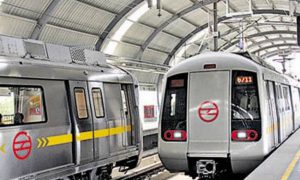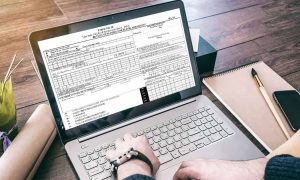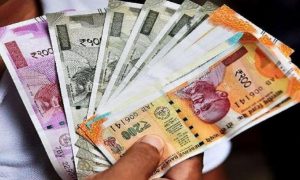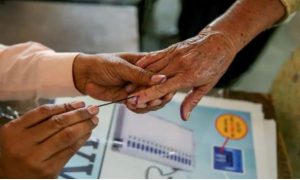Nearly a fifth of the population will be above 60 years by 2050
The latest longitudinal ageing study in India (LASI), released by the Union ministry of health, shows 12% of Indians are over the age of 60 (elderly), up from the 2011 census’s 8.6%. The LASI estimates, by 2050, 19% of the population, or 319 million, would be above the age of 60. The proportion of people over 75 years of age is expected to be nearly 3.5 times the 2011 census number. As the country turns older, there will be a concomitant need to provide larger sums for old-age security and post-retirement support. And, LASI shows, along with a demographic transition, the country is also undergoing an epidemiological transition: The burden of morbidity is shifting to the older cohort, in which chronic and degenerative diseases will be more common than infectious diseases.
The survey highlights that 28% of the people aged 45 and above suffer from chronic diseases, and a quarter of elderly aged 60 and above have multi-morbidities. Given the poor spend a relatively larger portion of their income as out-of-pocket expenditure on healthcare, the need for old-age security is sharply pronounced.
Although health insurance and government health cover schemes were expected to address this, LASI highlights that such schemes cover only a quarter of the households across the country.
On the pension cover front, the need is even direr. Although the government is attempting some sort of a start on this with the new social security code, LASI shows, until 2017-18, 78% of the population was neither receiving any pension and nor was expected to receive any. While nearly half of the households were aware of these government schemes, only a quarter amongst the BPL families were availing their benefits. This was even lower for non-BPL households.
India has made commendable improvements over the last decade in terms of sanitation, electricity and improved source of drinking water. Now, the government needs to work towards expanding pension/social security coverage apart from health insurance/scheme coverage. Ayushman Bharat needs to expand its reach, but the network of primary healthcare centres also needs to be strengthened. LASI states that a major proportion of older adults from the poorest MPCE quintile utilise out-patient care from private health facilities, making them shell out extra in terms of out-of-pocket expenditure. Before a large proportion of the population becomes elderly, the government needs to roll-out a wide-reach pension programme, which includes the informal sector workers; this can be on the lines of the NPS, though tweaked for government support in terms of pension-fund contribution for the poor. Moving most existing subsidies, including the food subsidy under the National Food Security Act, to direct benefits transfer can unlock the funds for instituting such a scheme while continuing existing support to the vulnerable. Given how the LASI survey shows that people have been denied food benefits, under the Annapurna scheme, owing to awareness, this would obviate the need to popularise government schemes.





































